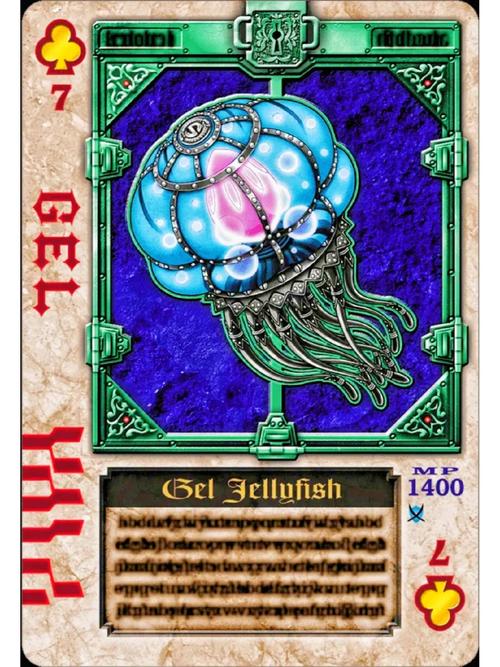
Understanding the House Spider Bite: A Comprehensive Guide
Have you ever found yourself in a situation where you’ve been bitten by a house spider? If so, you’re not alone. House spider bites are quite common, and while they are generally not life-threatening, they can be quite uncomfortable and cause a range of symptoms. In this article, we delve into the details of house spider bites, covering everything from their appearance to treatment options.
What is a House Spider Bite?
A house spider bite is caused by a bite from a species of spider that commonly resides in and around human dwellings. These spiders are typically small to medium in size and are often found in dark, undisturbed areas such as basements, crawl spaces, and attics. The most common species responsible for house spider bites include the American house spider (Parasteatoda tepidariorum) and the hobo spider (Tegenaria agrestis).

Identifying a House Spider Bite
Identifying a house spider bite can sometimes be challenging, as the symptoms can be similar to those of other insect bites or even minor allergic reactions. However, there are a few key indicators that can help you determine if you’ve been bitten by a house spider:
-
Small, red or purple bite marks on the skin
-
Swelling and redness around the bite area
-
Pain or itching at the site of the bite

-
In some cases, a small, white blister may form
It’s important to note that not everyone will experience symptoms after a house spider bite. Some individuals may be bitten and not even realize it, while others may experience severe reactions.
Understanding the Symptoms
The symptoms of a house spider bite can vary widely depending on the individual and the severity of the bite. Common symptoms include:
| Symptom | Description |
|---|---|
| Pain | Mild to severe pain at the site of the bite, which may last for a few hours to a few days. |
| Itching | Itching around the bite area, which may persist for several days. |
| Swelling | Swelling and redness around the bite, which may increase in size over time. |
| Redness | Redness around the bite area, which may spread to surrounding skin. |
| Blisters | In some cases, a small, white blister may form at the site of the bite. |
In rare cases, individuals may experience more severe symptoms, such as nausea, vomiting, fever, or difficulty breathing. If you experience any of these symptoms, seek medical attention immediately.
Treatment Options
The treatment for a house spider bite typically involves managing the symptoms and preventing infection. Here are some common treatment options:
-
Clean the bite area with soap and water to prevent infection.
-
Apply a cool, wet compress to reduce swelling and pain.
-
Take over-the-counter pain relievers, such as ibuprofen or acetaminophen, to manage pain and inflammation.
-
Keep the bite area clean and dry to prevent infection.
-
In some cases, your doctor may prescribe an antibiotic to prevent infection.
It’s important to monitor the bite area for any signs of infection, such as increased redness, swelling, or discharge. If you notice any of these symptoms, seek medical attention promptly.
Preventing House Spider Bites
Preventing house spider bites involves taking steps to reduce the presence of spiders in and around your home. Here are some tips to help you keep spiders at bay:





